By Lauren Panepinto
This week I’m reporting from the road at the ICON Illustration Convention in Austin, Texas. ICON (get it? I-Con? Illustration-Con?) is a convention that happens every two years at a different location, and is considered a more “general” illustration con. Mainly attendees are from editorial and advertising and some publishing and product illustrators. I was asked to attend and give a workshop about SciFi/Fantasy Illustration aimed mostly at illustrators who want to get into the genre but don’t already specialize in it.
I’m so used to going to SFF genre conventions like IlluXcon and Spectrum that I had to back my usual presentation up a lot and think about how to explain how the genre works for people who are not already insiders, which was interesting and gave me some interesting perspectives.
You guys get the title reference, right?
As fans of SFF, we often make choices by instinct — and because we have a lifetime of geek fandom saved up, we tend to just inherently understand the references and put them in our work instead of making conscious visual decisions. But how often do we really look at the genre and break it down in an aware way? So I’m going to share some of the topics and slides from my talk here as a jumping off point, and a reminder to be aware of the choices you are making instinctively—understand why you’re making them and you can fine-tune them even further.
First of all, the most important thing to remember about SFF is that it’s not a genre. It’s 10 genres — at least. And each of these subgenres have different influences, different trends, and wax and wane in popularity independent of each other.
This is an extremely simplified view — I could easily make a chart with twice as many subgenres
(Grimdark, anyone?) but I didn’t want to scare the illustrators at ICON who weren’t as knowledgeable about SFF. Each of the above subgenres are affected by different trends: for example, Urban Fantasy tends towards photos and very rendered illustrations (like
Dan Dos Santos‘s work) because historically this subgenre is shared by romance fans, and that fanbase has been trained historically to look for photoshoots and hyper-real painting. Steampunk, on the other hand has different
“genre checkpoints”…
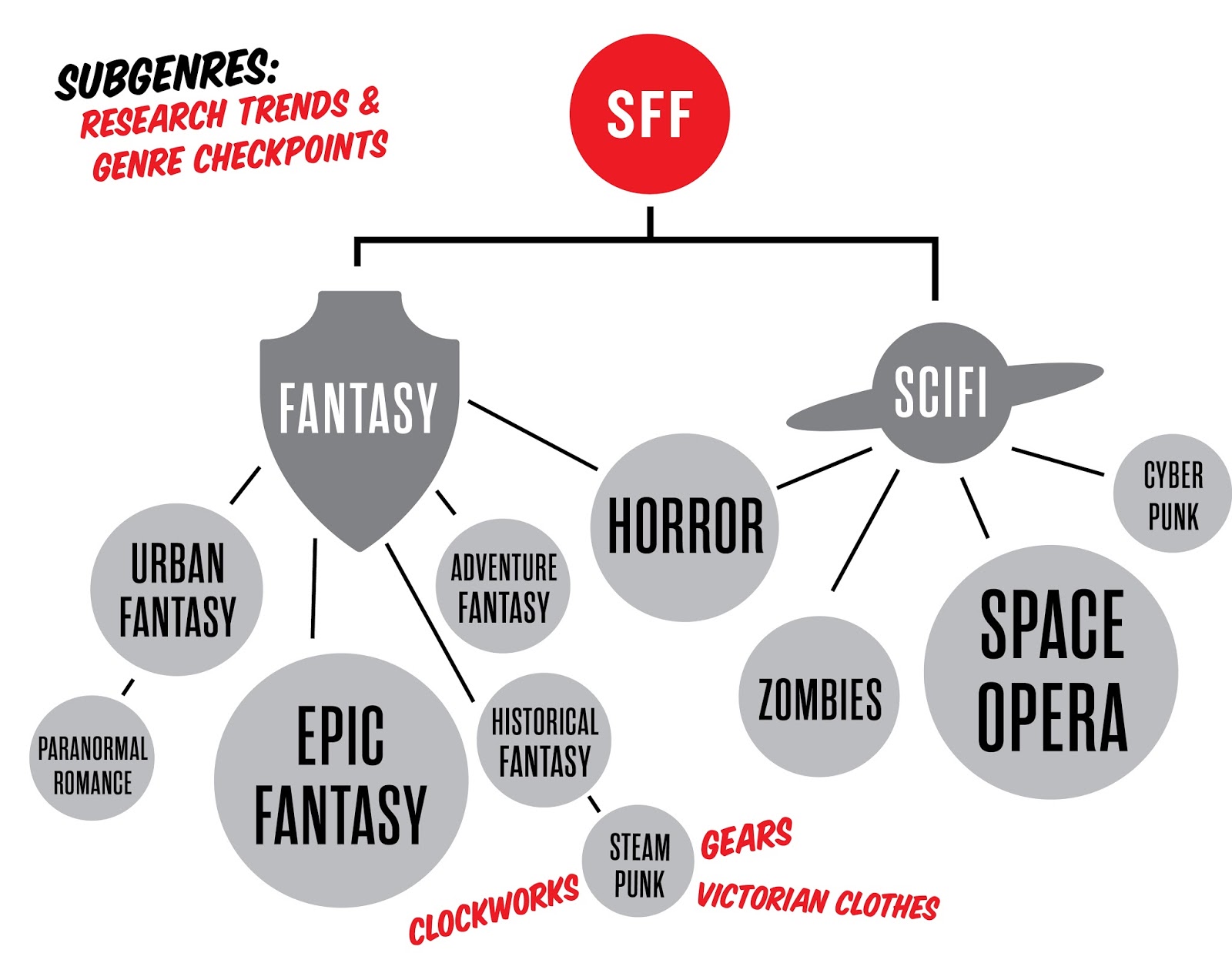
As an Illustrator it’s important that you understand the difference between the subgenres, and the genre checkpoints for each because then you can figure out ways to do these checkpoints in a new and fresh way. For example, one of the genre checkpoints for Adventure Fantasy is a guy in a hood and/or cloak. Not every book has one, but a hell of a lot of them do. Art Directors are desperate to figure out new ways to make a guy in a hood look fresh. So if you think about it, a guy in a hood isn’t
really about the hood — it’s about mystery, about anonymity, and it’s about the reader being able to insert themselves easily into the character (which is easier with an obscured face). If an illustrator can find a new way to give me the same sense of adventure and mystery in a new fresh way, then they have solved my problem for me, and a shit ton of work will come after them. If you look at
Richard Anderson‘s work, his popularity in publishing over recent years has a lot to do with the fact that he is doing very typical epic and adventure fantasy scenes and characters — but his highly abstracted style makes it feel very fresh and new.
Sam Weber also has a style where he can do very recognizable themes and characters from SFF in a style and color palette that is uniquely his and also feels very fresh and contemporary. Sam’s work also crosses the SFF genre boundary and appeals to mainstream readers as well — the muted color palette really helps with that.
It’s not a mystery why these illustrators are getting work over and over and over again — they’re making smart decisions because they really understand the fanbases.
Then we talked about the popularity of geek media in general in the culture creating a bit of friction between the old-school hardcore SFF fanbase and the newer fans.
I made the case that the evolution of Star Wars over the trilogies is a metaphor for geek culture in general. The original trilogy was for a hardcore geek fanbase. Then the prequels tried to be for everyone, and ended up alienating the original fanbase, even as they were massively successful in the mainstream. Now the new movies seem to be trying to split the difference, pleasing the diehard fans as well as the mainstream casual fans. This balance is what SFF publishing, and especially my work at Orbit, is always trying to achieve: please the geek fandoms, yet also expand the audience at the same time.
 |
Are geeks really geeks anymore if they’re the cool kids?
Is there much difference between a geek and a hipster these days? |
Then finally we talked practically, about how to find work in the SFF genre. You guys have heard a lot of the columnists here on Muddy Colors give advice on this topic, especially yours truly, but I tried to boil it down as much as possible. There’s 3 ways to have a successful career in SFF art:
And then last but not least I gave out some resource lists, of course including this very blog:
So that’s my report from ICON for now — it’s only day 1, so more to come later!



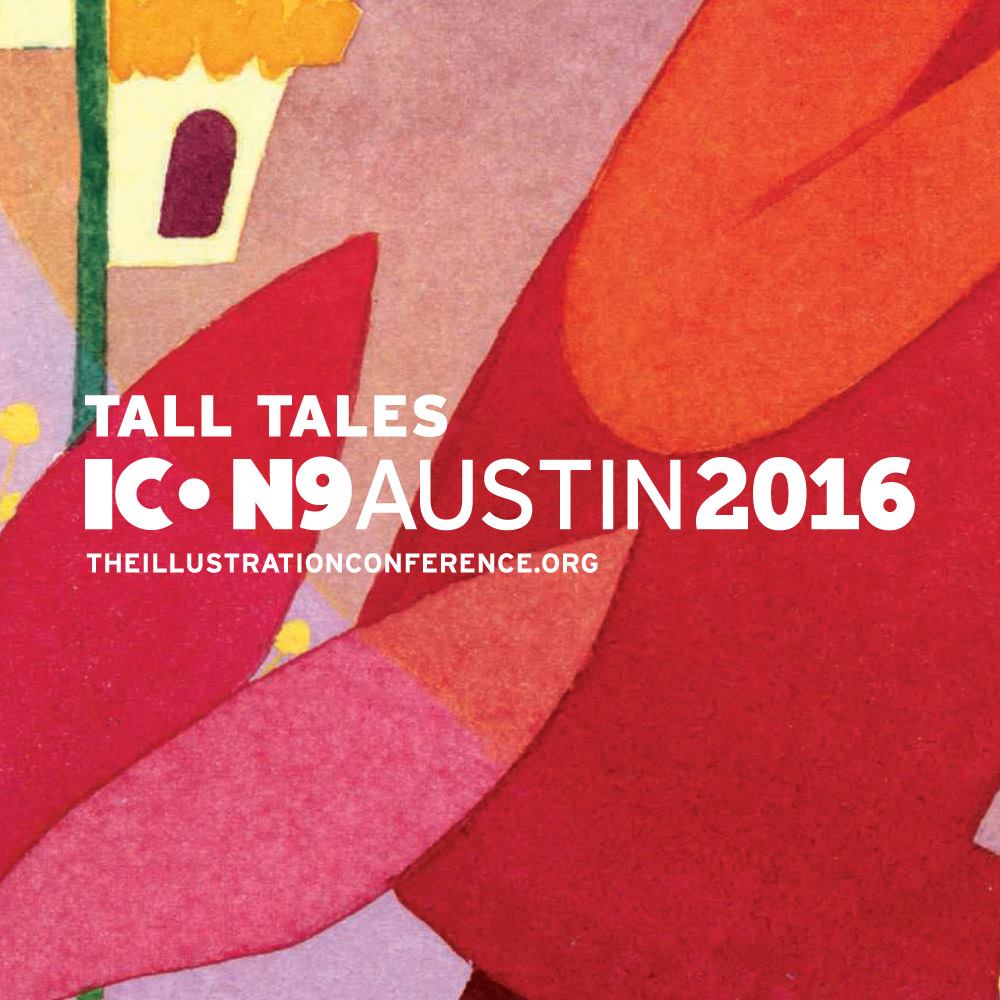
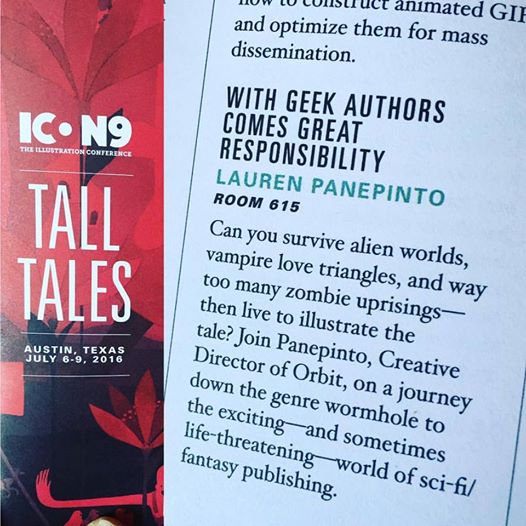
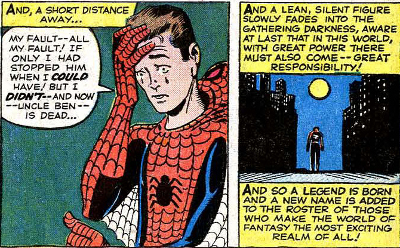
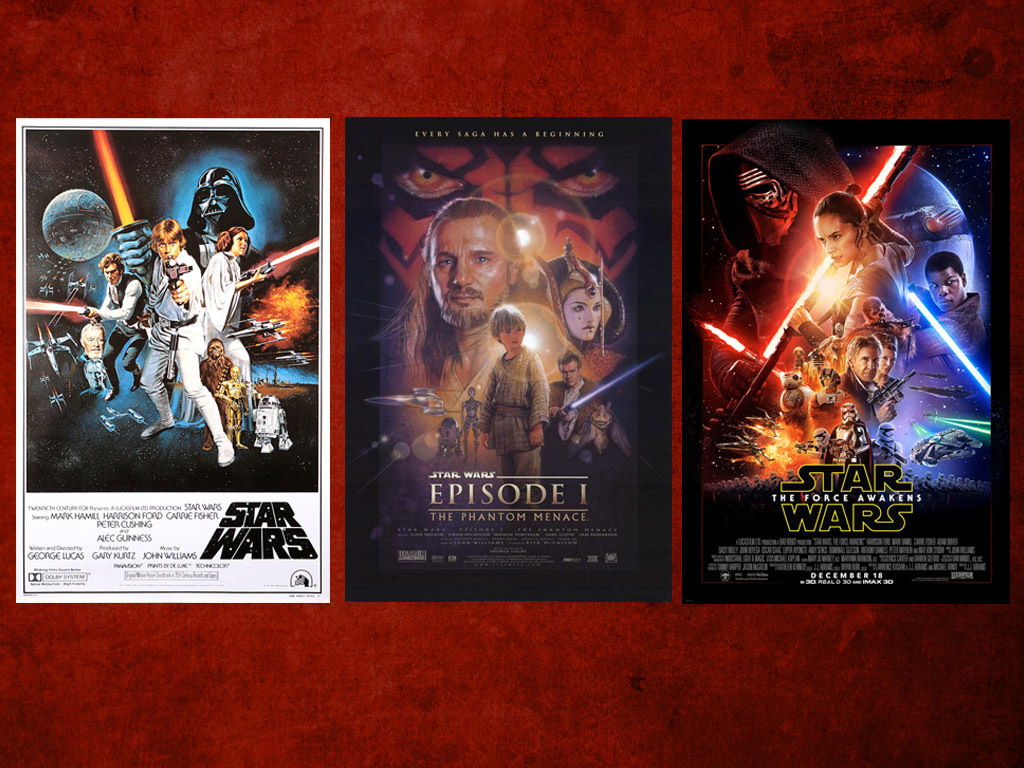
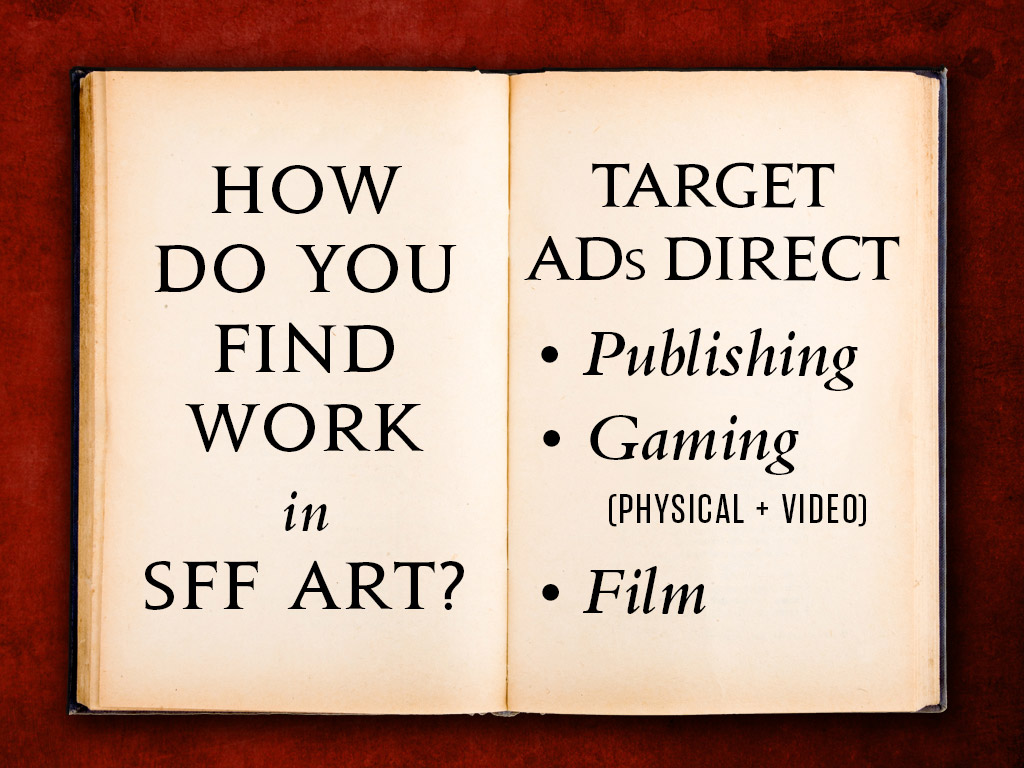
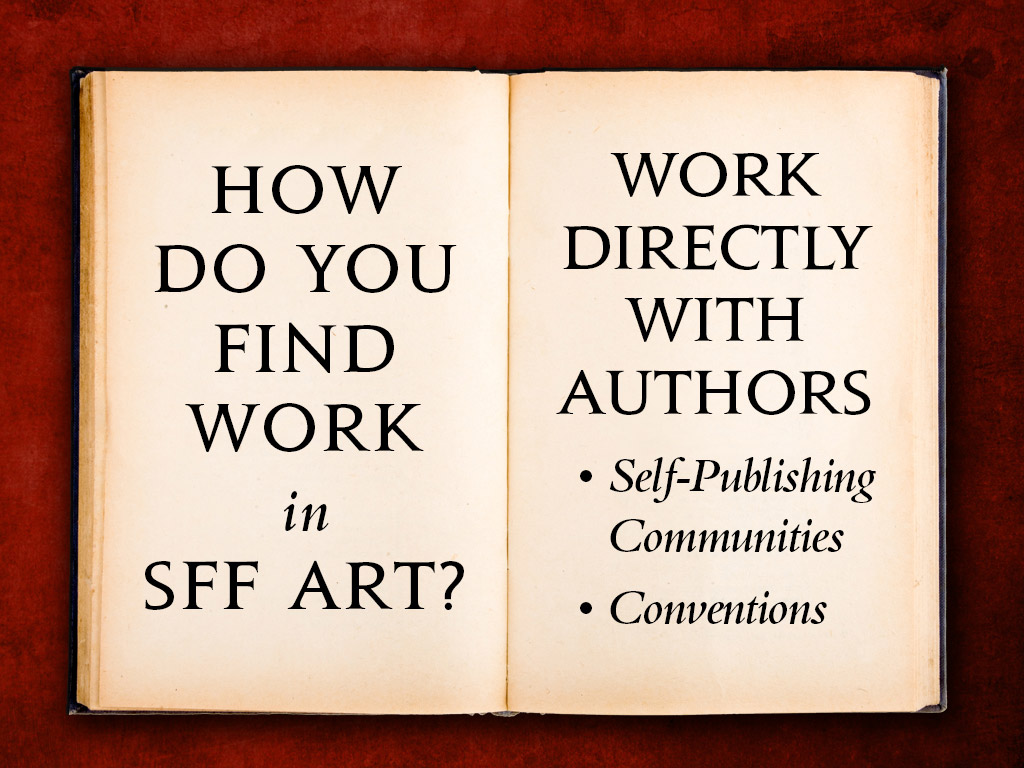

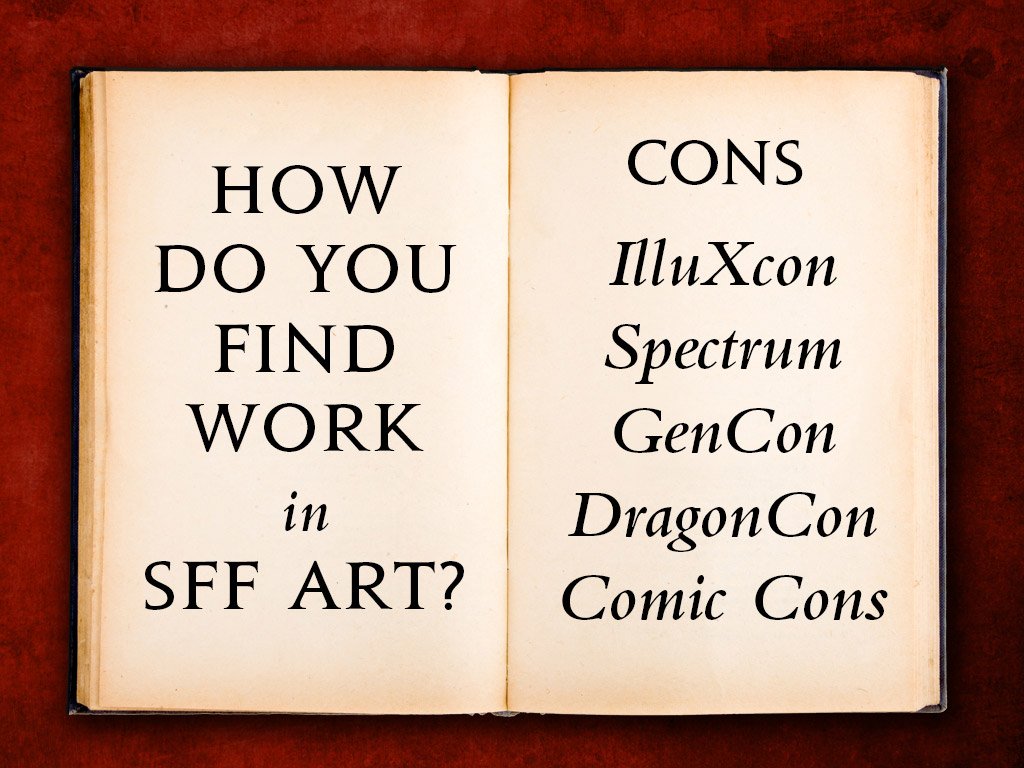
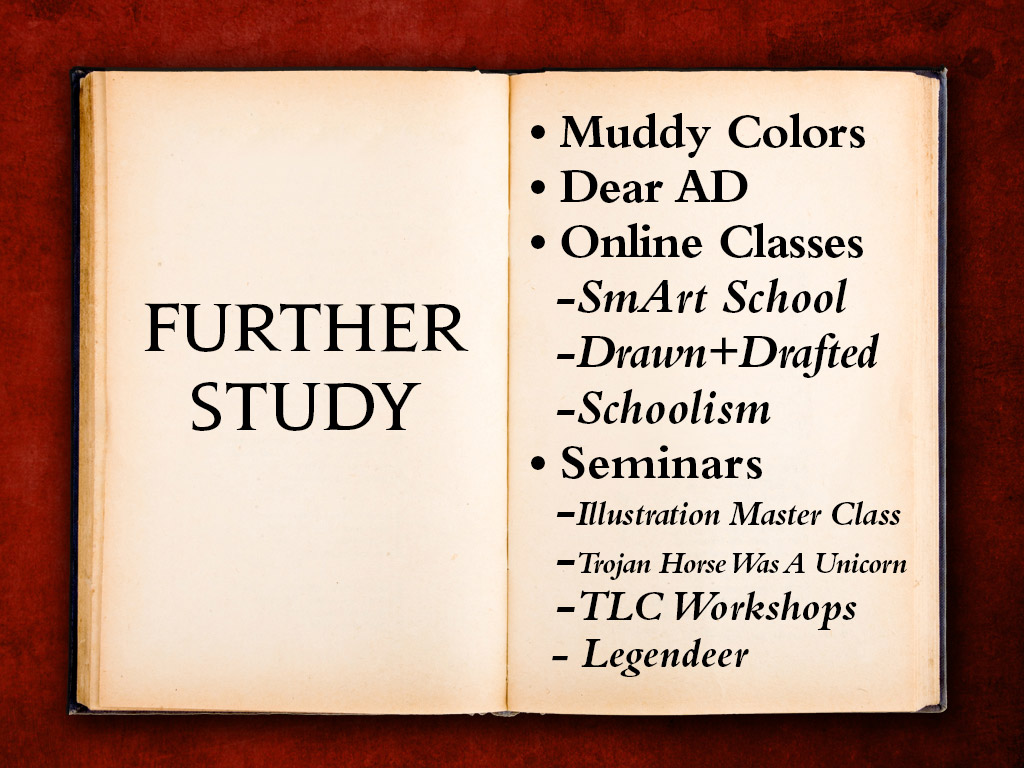
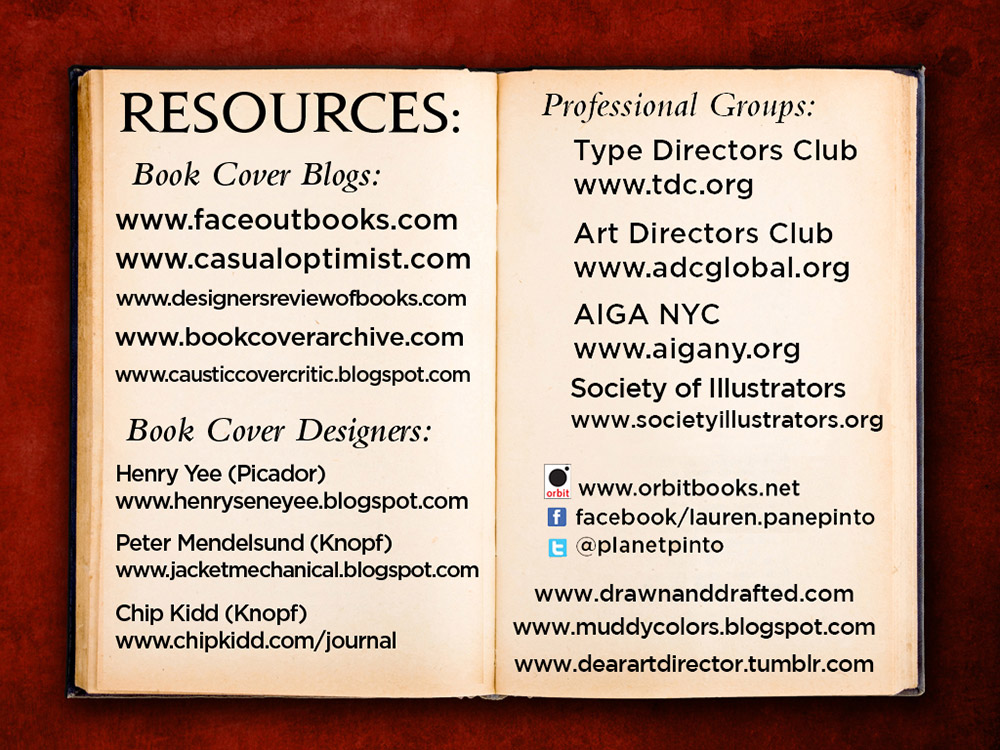
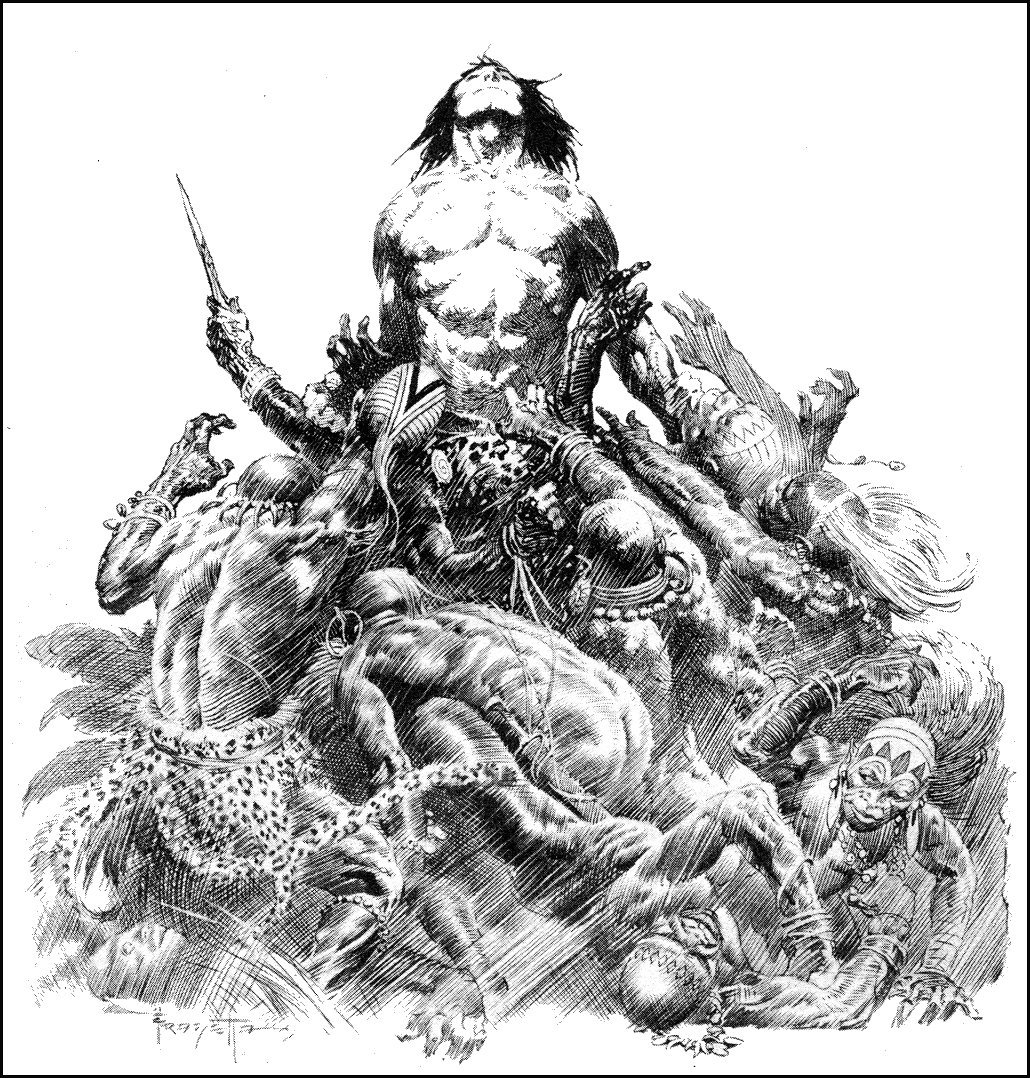
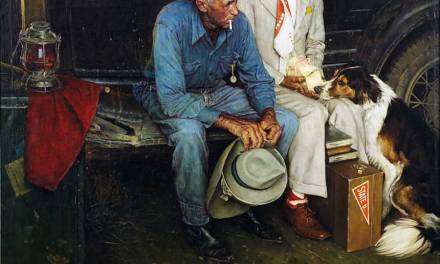
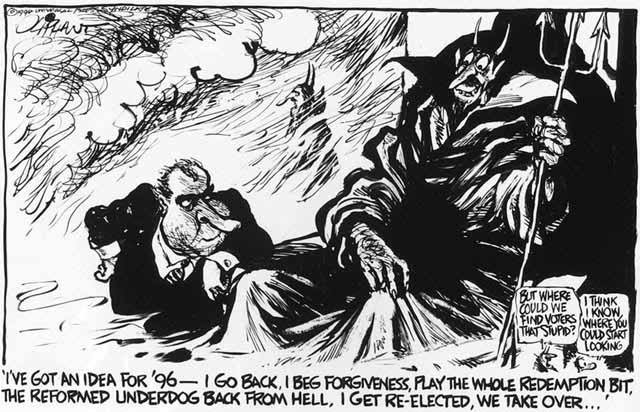

Is that Jesper Ejsing being dreamy in suspenders?
Lauren:
Thank you for this article. As a older fan of Comic Art, Sci-Fi and fantasy, I found this very informative and articulate.
Sometimes the genres do become very complicated to define and blend into each other. I find myself having this discussion with friends about what is fantasy art and what is considered fine art. These categories you've outlined here really make me want to take another look. You could also add Metaphysical fiction to that list, even though it is not a widely popular genre. I suspect you have much more you know about, and these are the more common ones.
The outlines you provided in regards to Illustrators finding work SFF is very helpful.This is a genre in publishing that doesn't get taken seriously or have enough information. It is greatly appreciated. Thanks again.
ICON always sounds like an eye-opening experience for getting outside of my favorite genre. Thanks for sharing your presentation! The resources section is especially useful, as I've not heard of some of the cover blogs. I look forward to perusing them!
The “further study” is a great list IF you have money. Most of the younger, newer artists don't have this kind of money. How about a list for them?
This IS a list for them as well. More than half the resources on those two slides are free blogs and low-cost online classes like Schoolism and Art Business Bootcamp. It costs nothing to ask a question on Dear AD or to read Muddy Colors.
The fact of the matter is, to provide solid educational content costs money, and you can't expect artists to go into debt helping other artists. Videos cost money, and time spent away from paying work also costs money. You do what you can when you can afford it, as both an educator and a student.
Thank You for this Free post, Also saving me a trip to Austin to even get this info! Now I will go practice making guys in hoods…